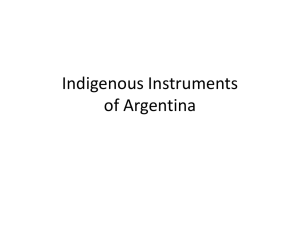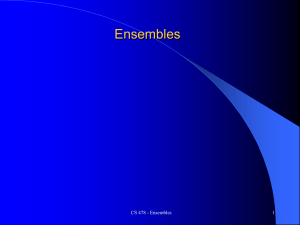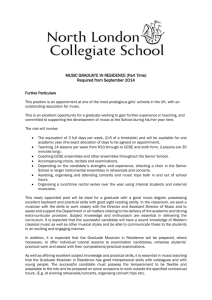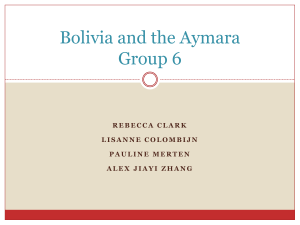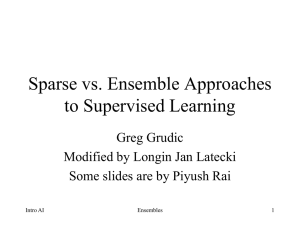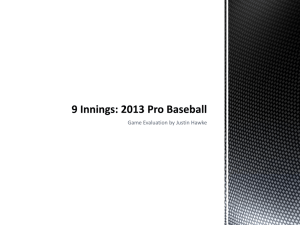The Aymara and Siku Panpipe Ensembles
advertisement
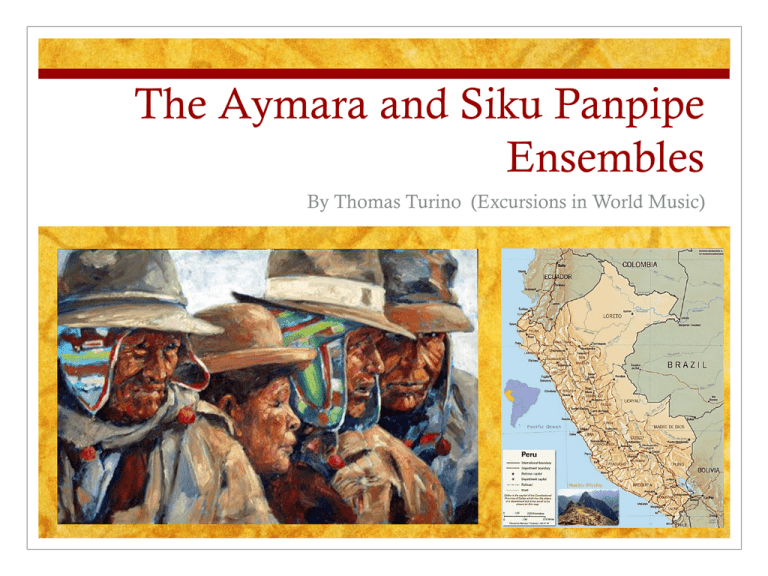
The Aymara and Siku Panpipe Ensembles By Thomas Turino (Excursions in World Music) Questions: What are the attitudes of the boys at the beginning of the clip? What do the reactions of the bystanders watching say about their perception of the music? What kind of sense of community is displayed between the two ensembles? The Aymara of Southern Peru Located in the Andean Highlands. While the Aymara people have mixed with the mestizos, their music has remained predominately autonomous. Siku Panpipes – each have different lengths of reed or cane tubes, lashed together, each tuned to a specific note. Double rows split between two players. Pinkillus and Tarkas Vertical flutes with a recorder-like mouthpiece. Siku ensembles and Tarkas ensembles do not mix each others instruments. Wankara and Bombos Large double-headed bass drums. Used in panpipe ensembles. Cajas Traditional double sided drums. They have snares much like Western snare drums. These drums are used in pinkillus ensembles. String Instruments Brought to Peru by the Spanish Harps, violins and guitars have been incorporated Charango – 10 stringed Andean guitar variant the size of a ukulele. Festivals and Celebrations Music is an essential part to these celebrations. Celebrations can include: Local Aymara deities. Weddings, first haircuts. Catholic holidays. Ancestors. Building Projects. Community Music Ensembles can include players with wide ranges of skill. Each member is valued equally. There are no soloists. The ensembles are taught to play with one sound. Siku Cooperative Style Siku players each have 7 notes of a 14 note scale. They play them in an interlocking (hocket) style. Each group of siku players has pairs of two players. Siku Ensembles are only comprised of men. Women sing and dance. Closing Question Question: How did South Park address the sense of community in Peruvian music? How did their bystander characters reflect an opinion of the general American population?


